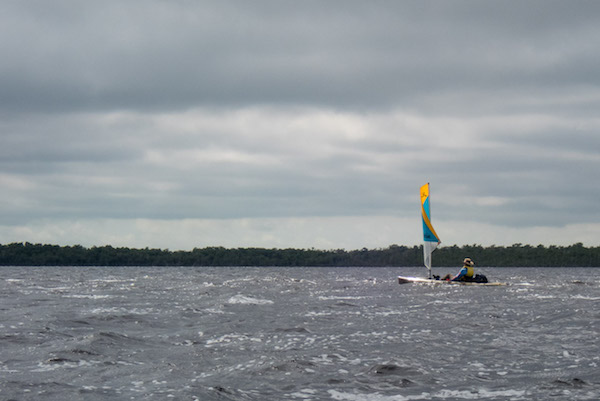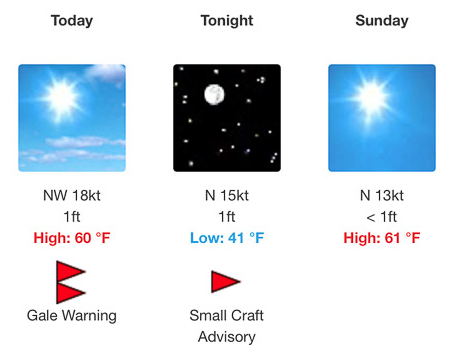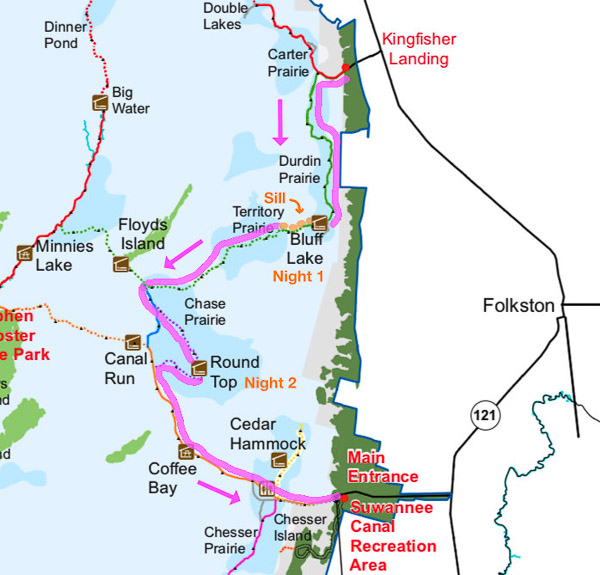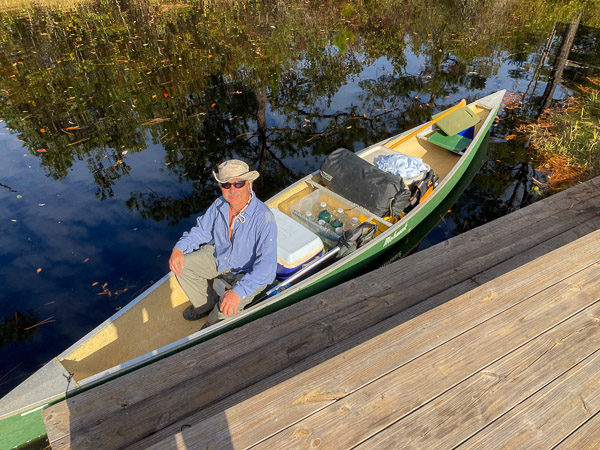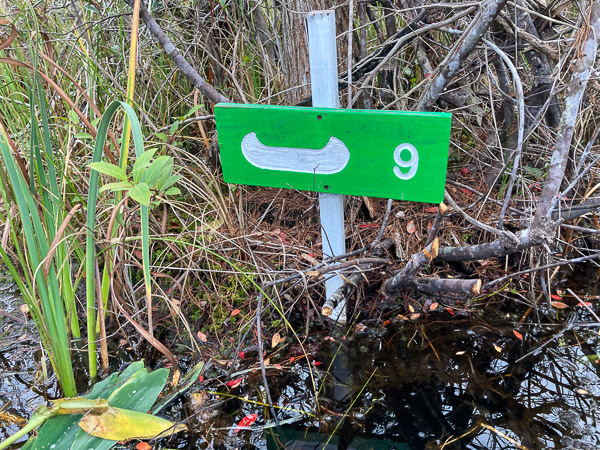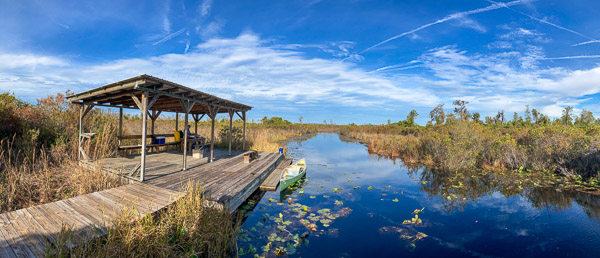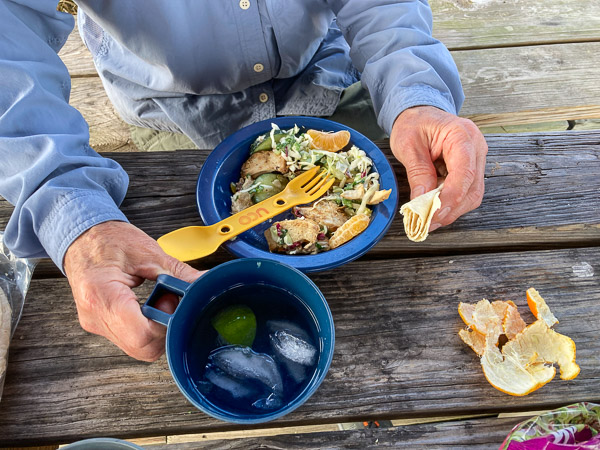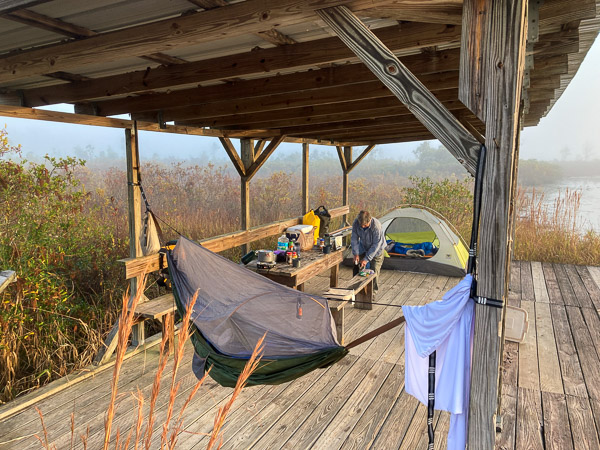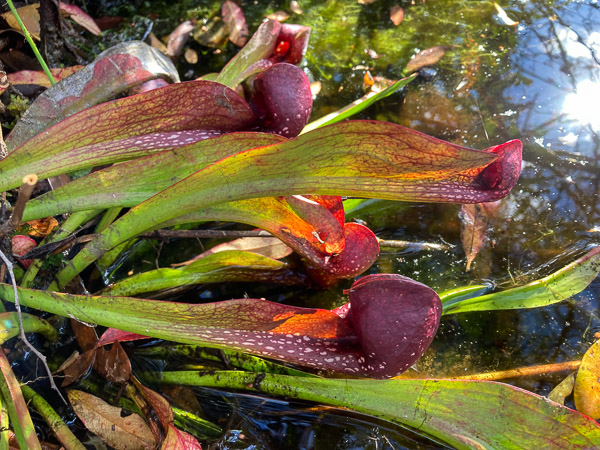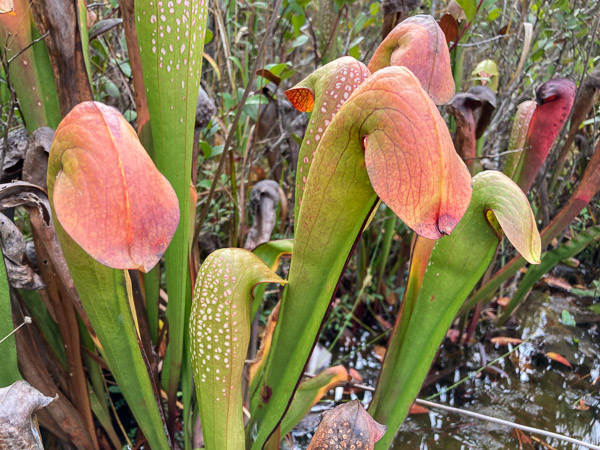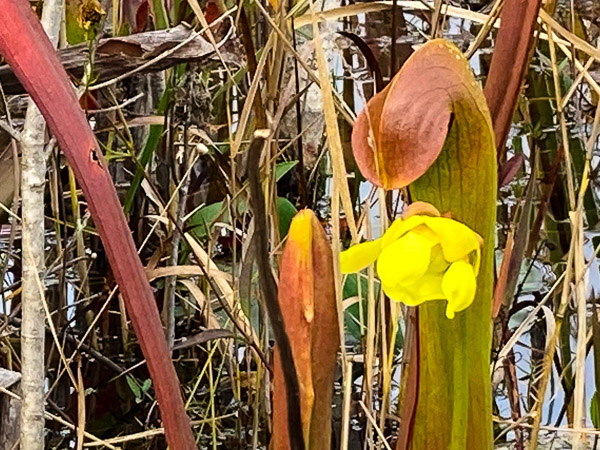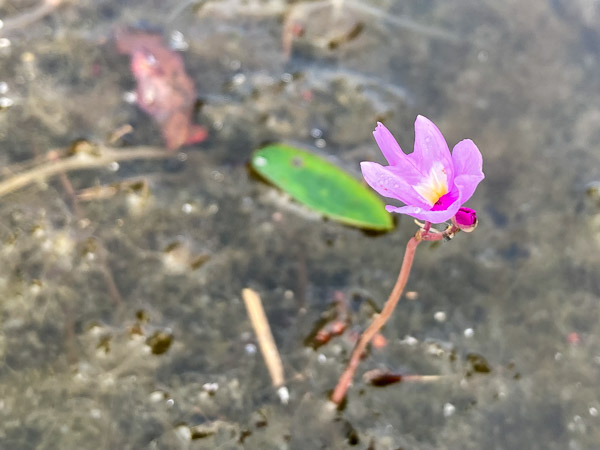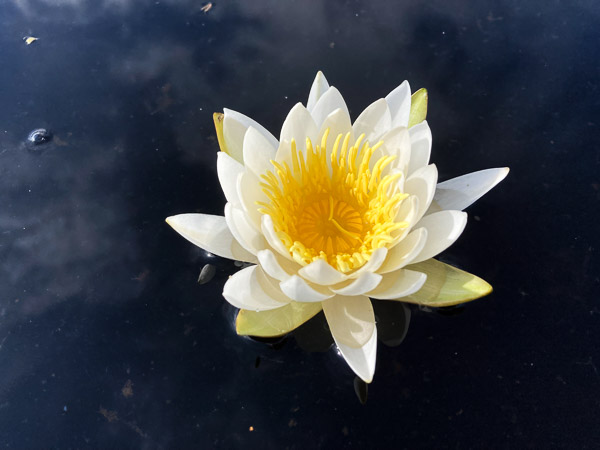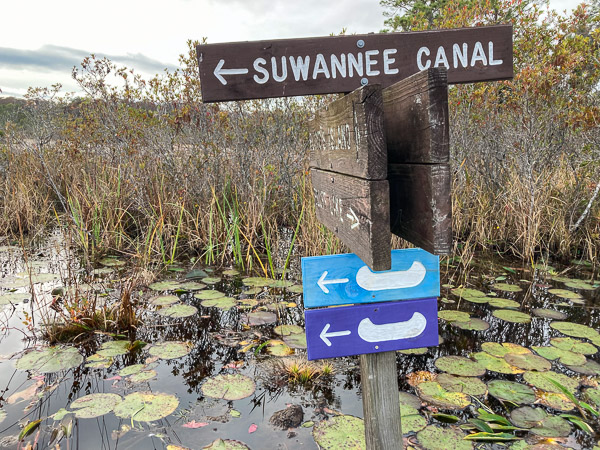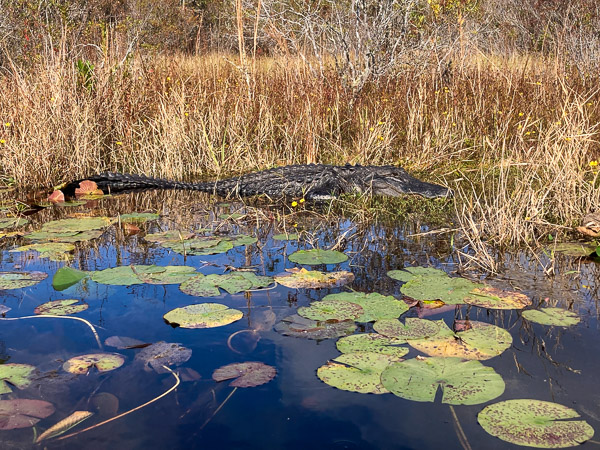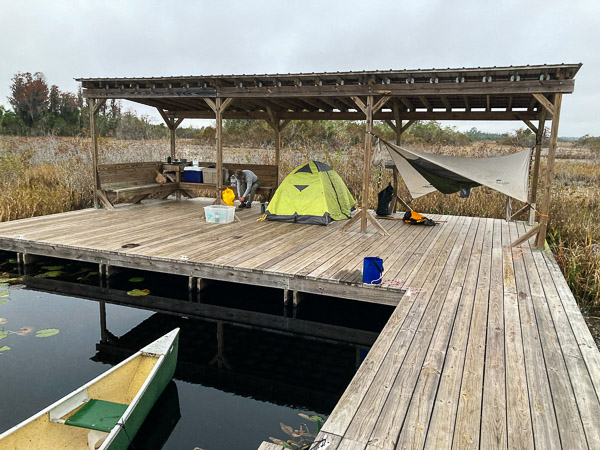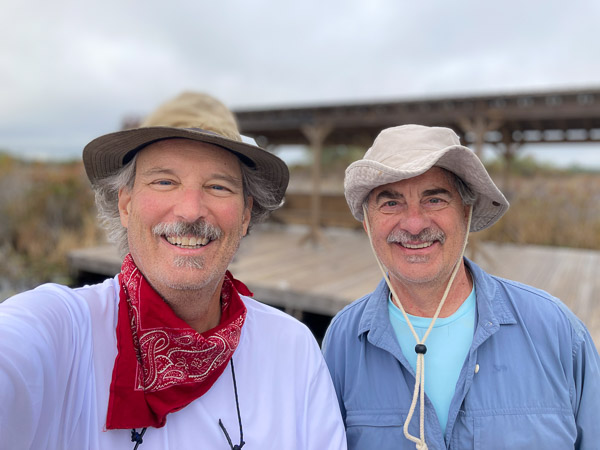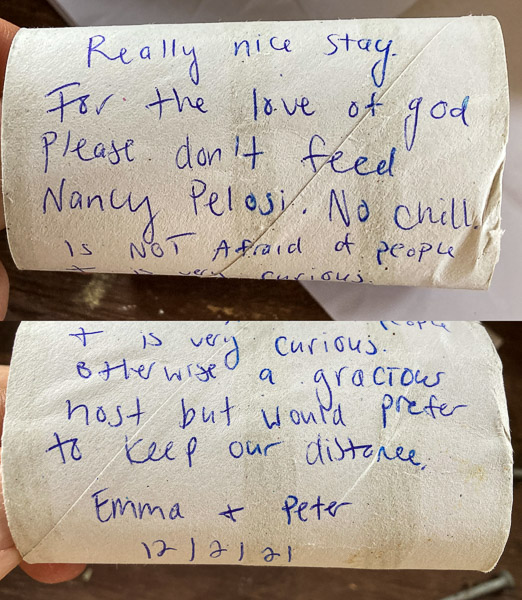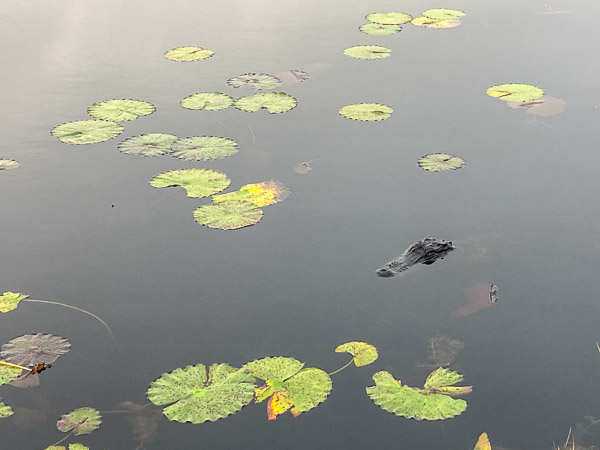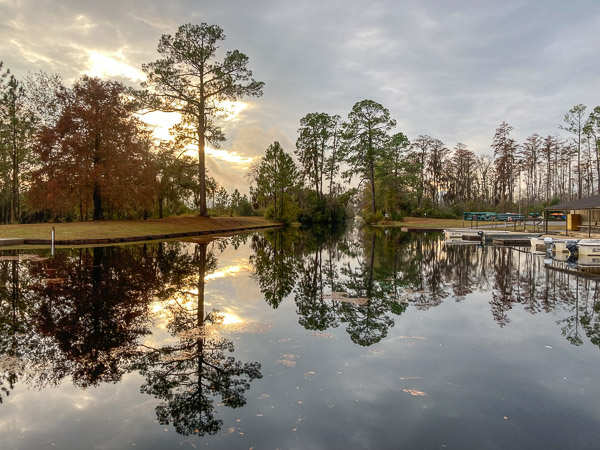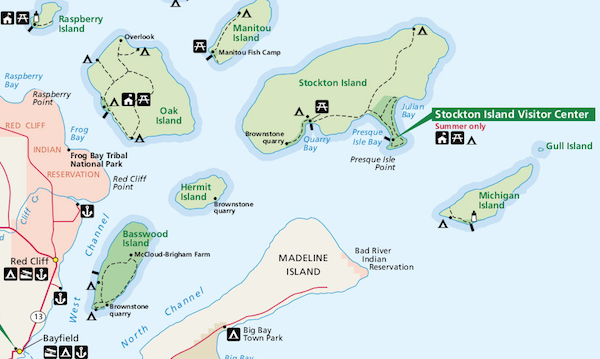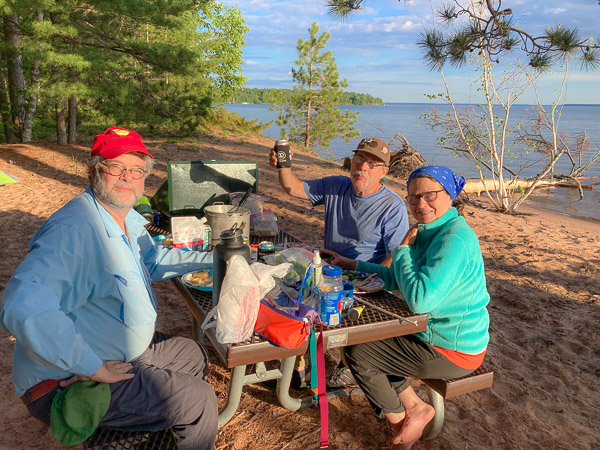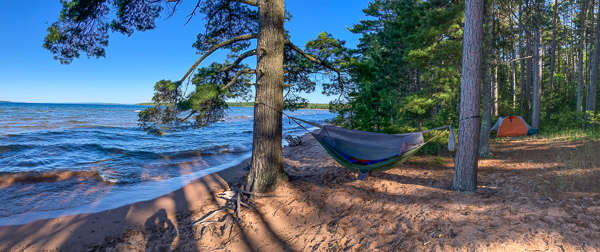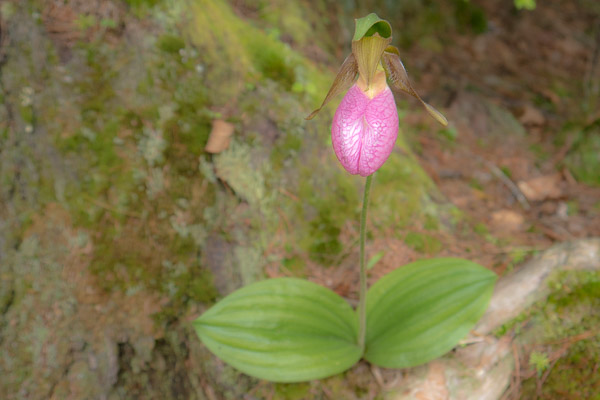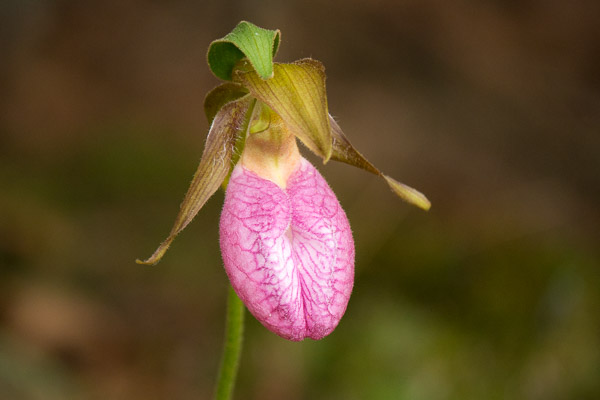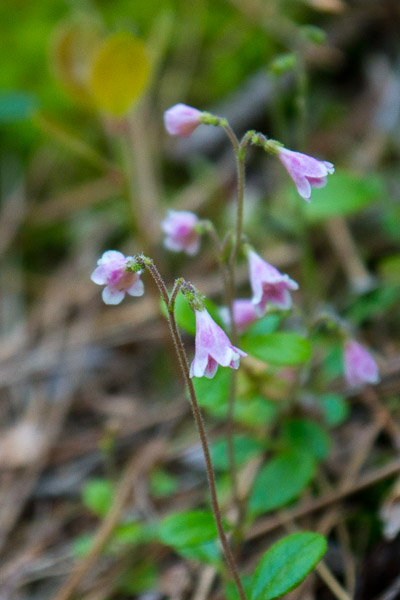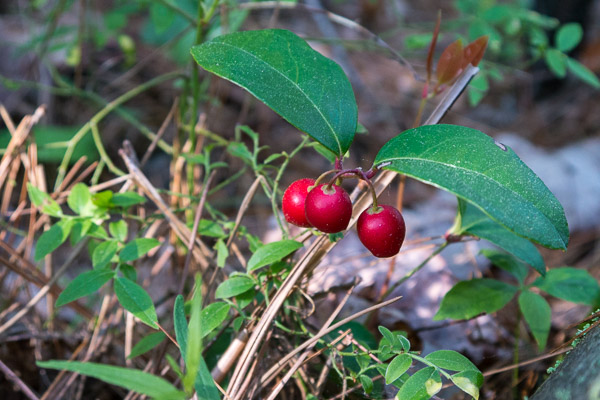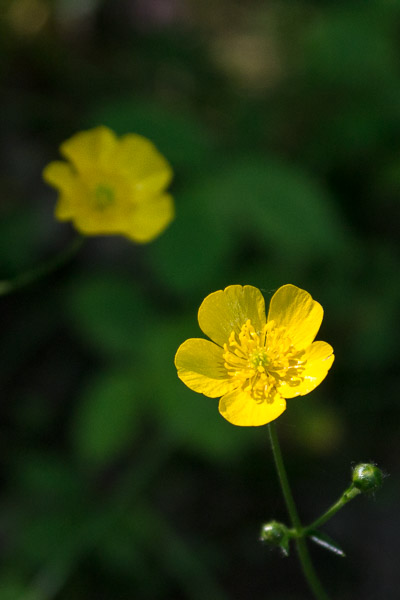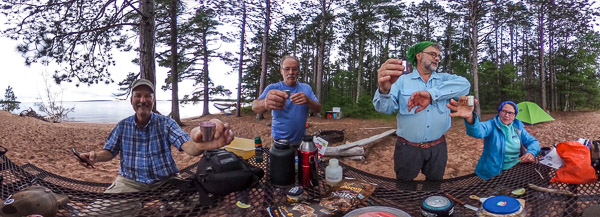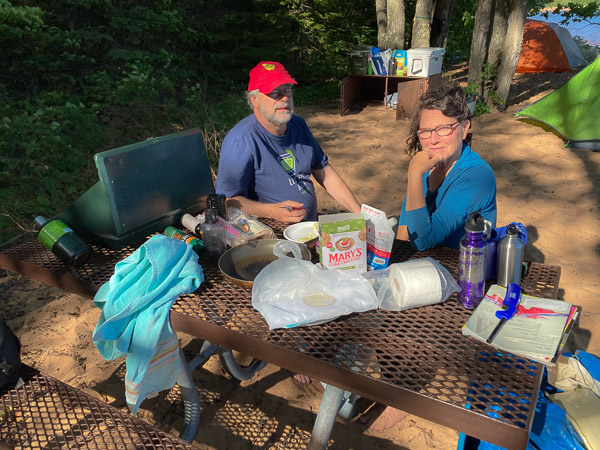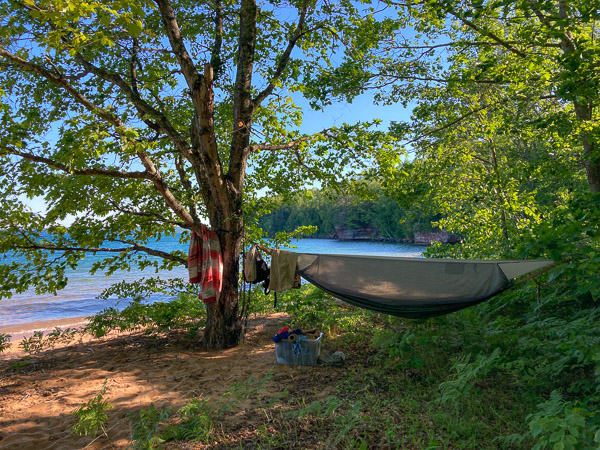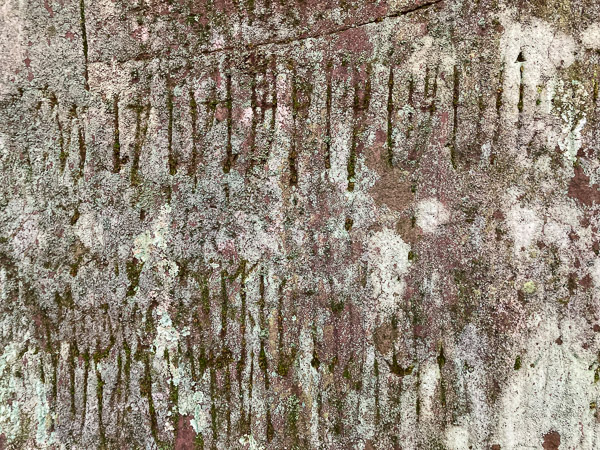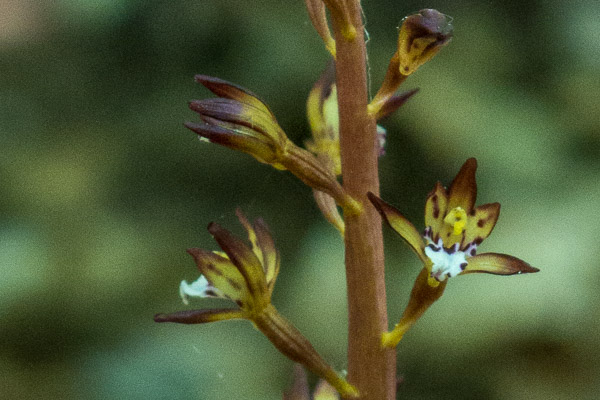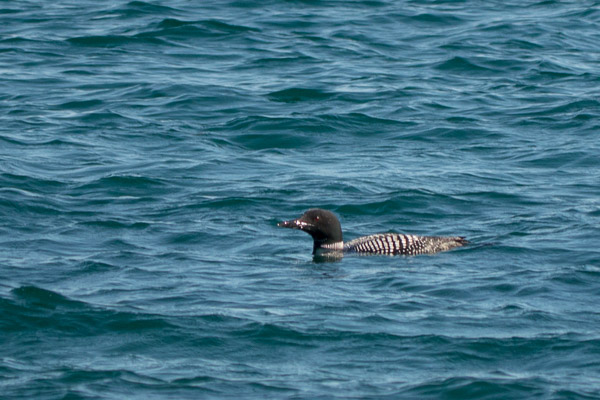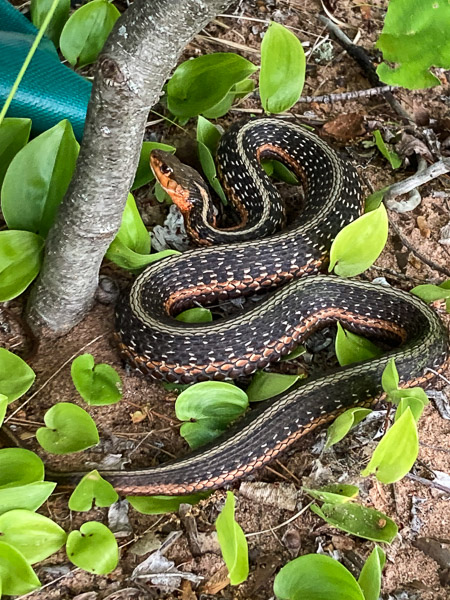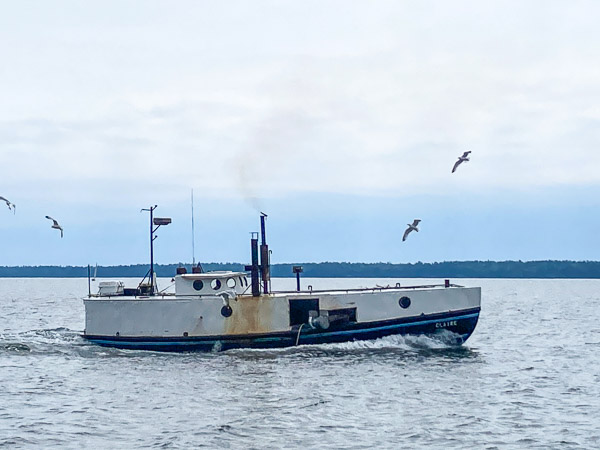The plan for this year was a clockwise tour around Whitewater Bay, with options to go out to the Gulf and explore the Watson River. My cousin David Rathe and nephew Theron Pray decided to join me. [Full Gallery]
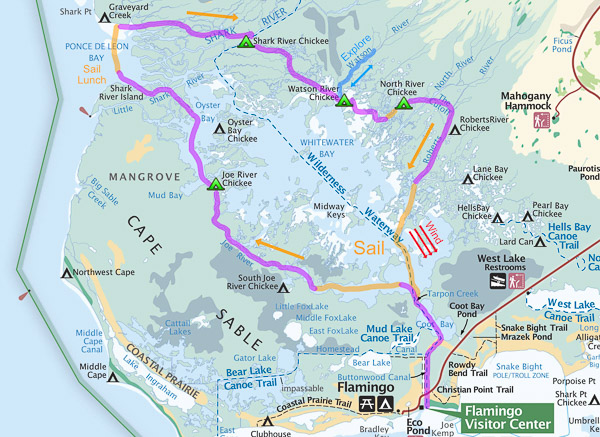
I drove down to Florida City (Homestead) the day before the others arrived. The three Hobie Kayaks fit nicely in the bed of my F-150 with an extender.
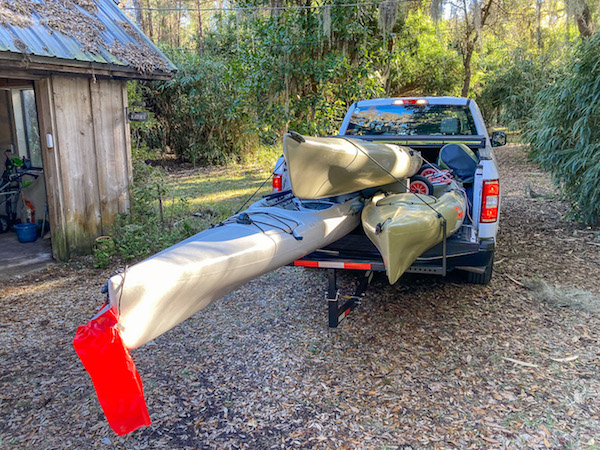
I booked two nights at the same motel I’ve used several times in the past. The next day I picked up the boys at the Miami airport and we purchased food and other supplies for the trip.
Day 1
We drove into the park, pulled the permit, and were on the water just after 10am. The Buttonwood Canal and Coot Bay were nominal. We saw a large American Crocodile sunning on the bank within a mile of the put-in.
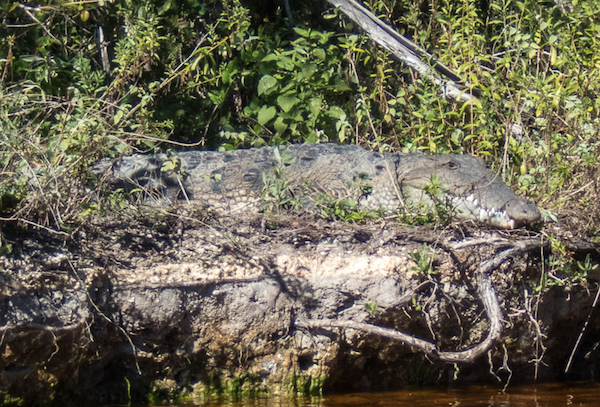
Lower Whitewater Bay was windy at first, but the wind eased and we sailed for a few miles west to enter the Joe River.
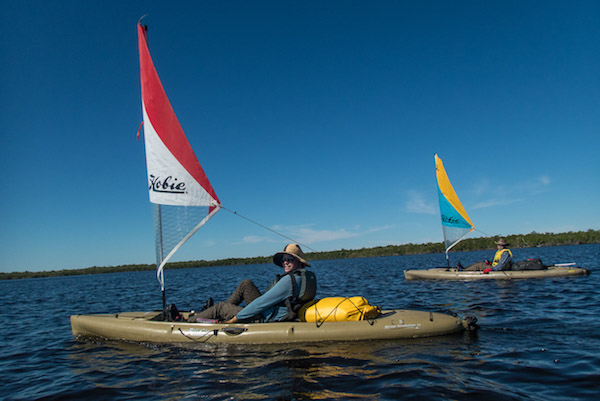
We saw dolphins along the way and arrived at the Joe River Chickee just as the sun was setting.
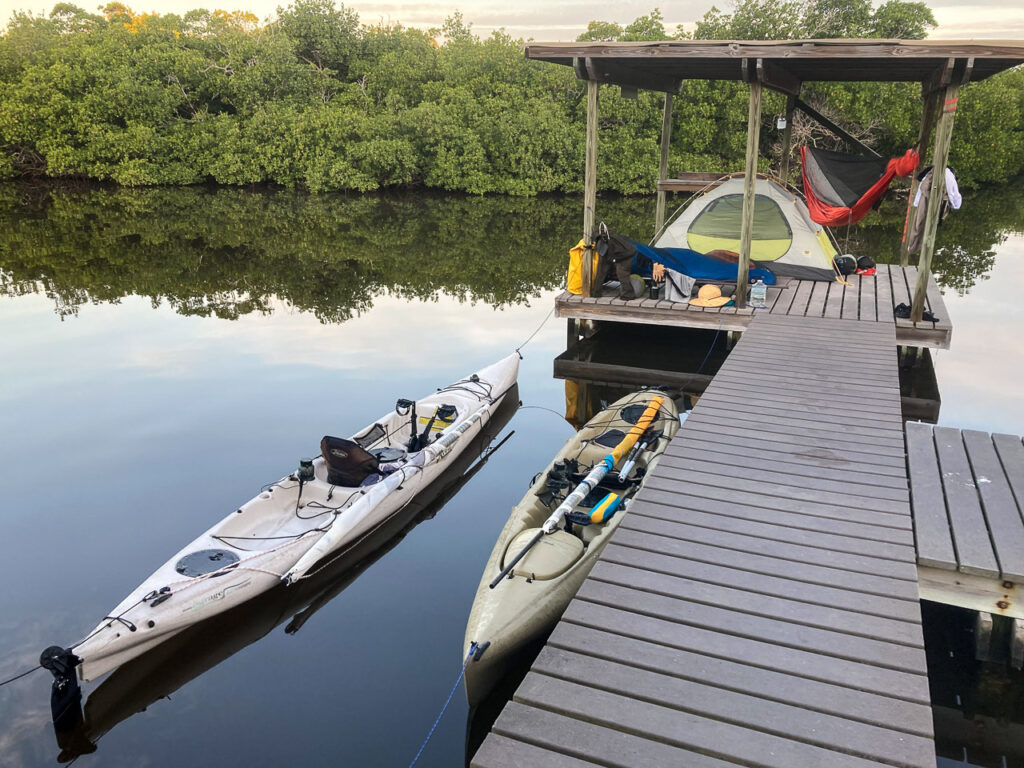
Total time on the water ~8hrs. It was an exceptionally good evening for star gazing.
Day 2
Fairly cold overnight, on the water by 9am. Very sunny with a southerly breeze. Tide was outgoing so we headed down the Little Shark River to the Gulf of Mexico.
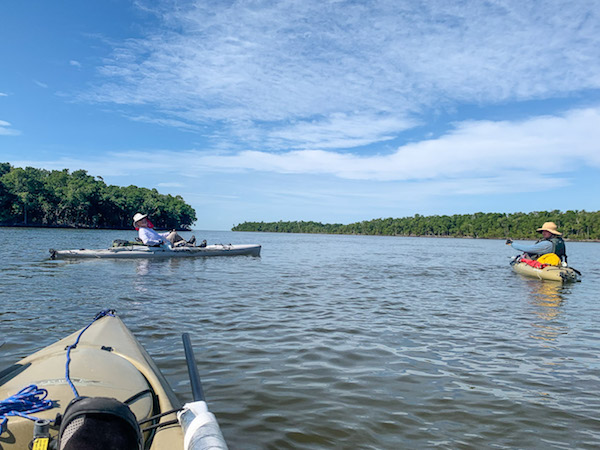
With a light wind behind us we rafted together and put up one sail to eat lunch and cross Ponce de Leon Bay to the beaches on the north shore.

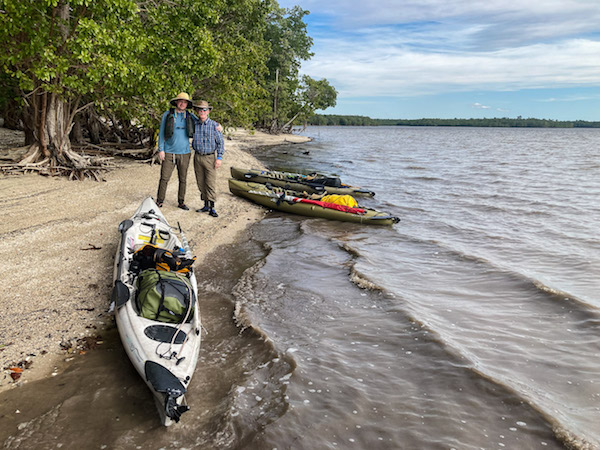
We explored the shore for 30min until it was obvious the tide was coming in and then headed inland on a northern channel of the Shark. We got to the Shark River Chickee about an hour before dark.
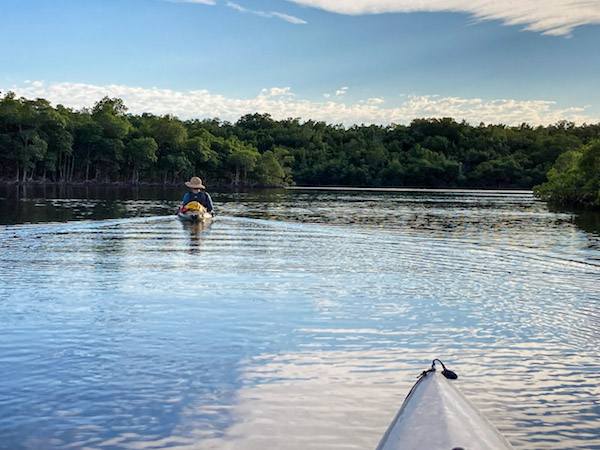
We had a less than optimal stay due to bugs since it was hot, muggy, and calm. We all had head nets and got through it reasonably well. It rained during the night, but straight down so there was no need to batten down.
Day 3
Theron guided us through The Labyrinth with no problem and we arrived at the Watson River Chickee midday.
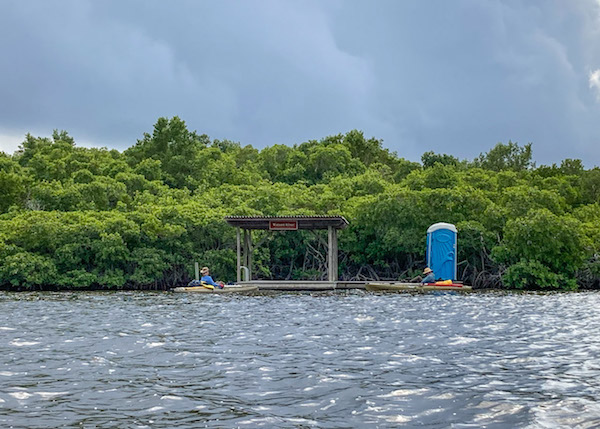
Theron and David had time for some recreational sailing and exploration around the bay.
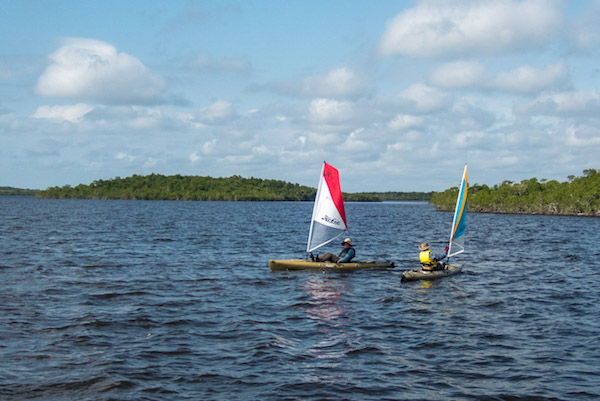
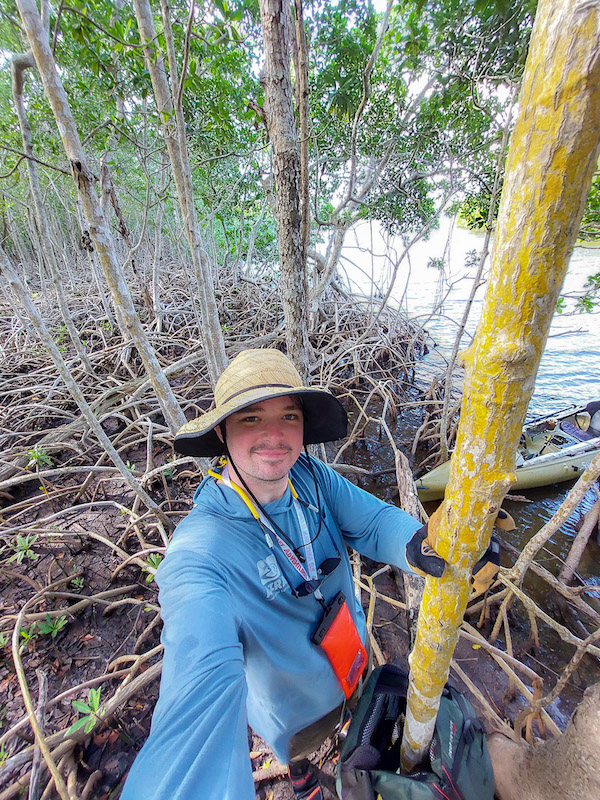
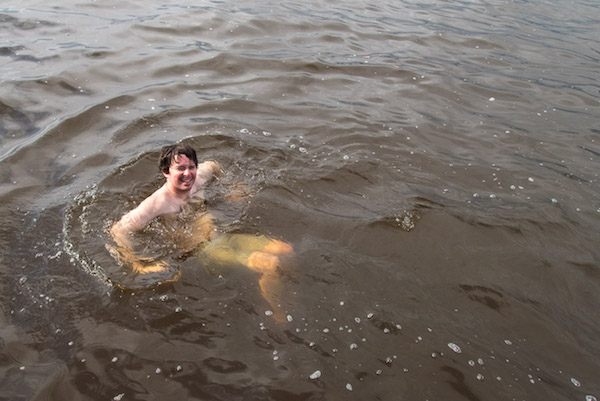
The breeze kept most of the bugs away and we sat around chewing the fat until sun went down.

Our sleeping setup was a bit eclectic on the 10×12 foot chickee platforms. I brought two lightweight cots and a 2-person tent for the boys, and a hammock for myself. Theron decided to sleep with just a net bivy bag on one of the cots (with the option to hit the tent during rain). We were all mostly comfortable.
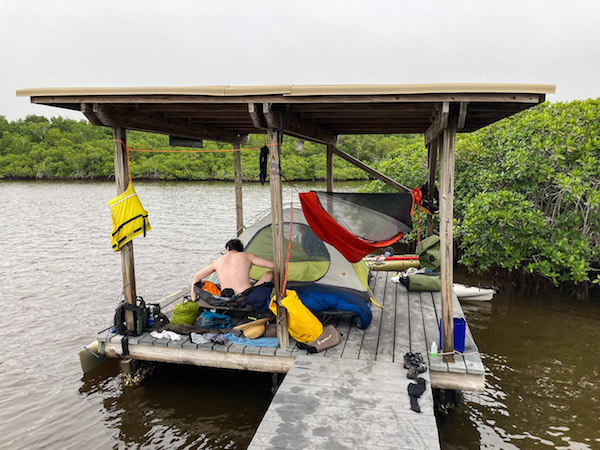
Day 4
We headed up the Watson River to explore the next day. This was typical low mangrove and not as varied as the upper North River I explored on an earlier trip. Theron had a close encounter with a lone dolphin as we were heading back down river. We then took a back way over to the North River and sailed up to our Chickee.
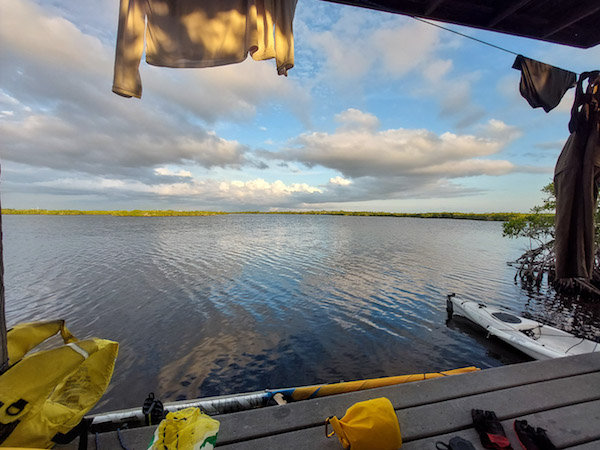
We setup and immediately went for a swim. There was just enough of a breeze to keep the bugs off and just a bit colder, which was welcome. We had a great dinner and finished off the box of red wine we brought along. In the morning we saw rosette spoonbill fly close overhead.
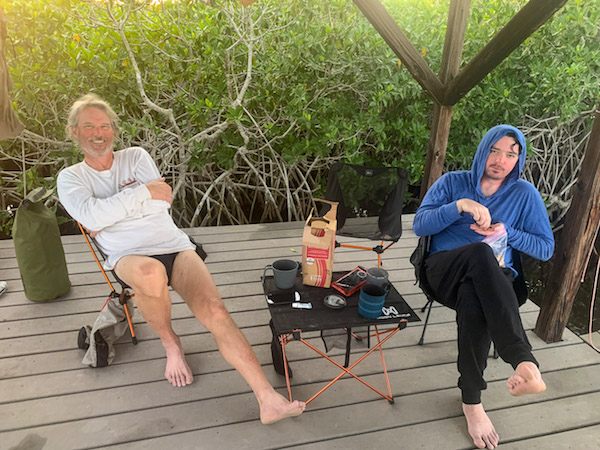
Day 5
We knew from the weather radio that the wind would rise all day out of the west. We started north to The Cutoff to Robert’s River and then south from there. Once we hit the first bay we put up the sails and headed for the entrance to Coot Bay. The wind and waves on Whitewater Bay were increasing the entire time so it got a little hairy. At some point a wave stripped my paddle right off and I didn’t even notice! We did some downwind tacking to avoid dangerous gibes and all made it safely to Tarpon Creek and on into Coot Bay. We were off the water by 3pm. There was a Gale Warning the next day!
